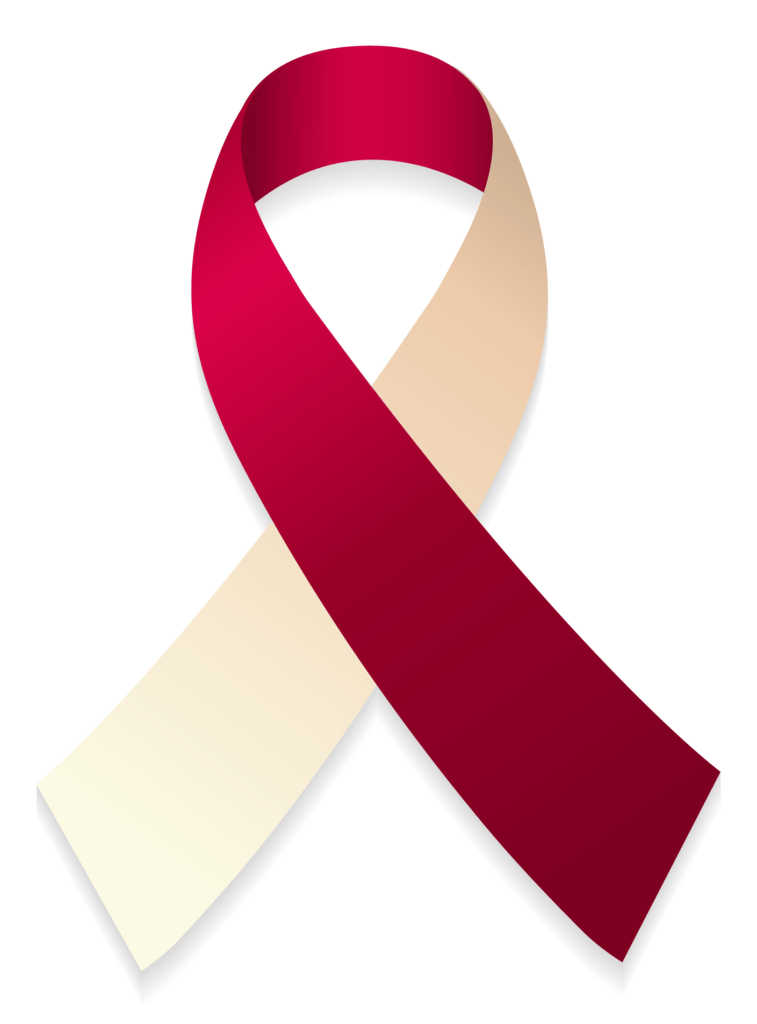More than 53,000 Americans are diagnosed with new cases of oral cancer each year. Annually, oral cancer is approximately three percent of all new cases of cancer that is diagnosed annually. Oral cancer is cancer of the mouth, including the tongue, the tissue lining the mouth and gums, under the tongue, at the base of the tongue, sinuses, and the area of the throat at the back of the mouth.
Risk Factors for Oral Cancer
There is a strong link between oral cancer and the use of tobacco, either smoked or chewed. Other risk factors for oral cancer include the following:
- Excessive alcohol use
- Infection with human papillomavirus (HPV)
- Poor oral hygiene
- Ill-fitting dentures
- Eating a diet that is deficient in fruits and vegetables
- Exposure to the sun
- Age
Symptoms of Oral Cancer
If you have any of the following symptoms, you should report them to your dentist as soon as possible:
- Small ulcers that look like canker sores
- A lump or mass inside the mouth or neck
- White or red patches of tissue inside the mouth
- A wart-like mass on the face or inside the mouth
- Persistent hoarseness
- Pain or difficulty swallowing, speaking, or chewing
- Difficulting moving the jaw or tongue
- Dentures that start to fit uncomfortably
- Ear pain
- Numbness in the face, mouth, or neck
- Dramatic weight loss

Diagnosis of Oral Cancer
Oral cancer spreads quickly so early detection is important. The examination is painless and most dentists will perform the test during your regular dental check-up. The examination includes checking your face, neck, lips, and mouth for lumps or irregular tissue growth by feeling your neck, examining your tongue, looking at the back gums, tilting your head back to examine the roof of your mouth. An oral brush biopsy may be performed if there is tissue that looks abnormal. It involves taking a small tissue sample and analyzing its cells. If the tissue looks more suspicious, your dentist may perform a scalpel biopsy with local anesthesia or refer you to another specialist for the test.
Treatment of Oral Cancer
If detected early, oral cancer is treated with either surgery or radiation therapy, or both. The type of treatment will depend on your overall health and the location, size, type of tumor, and if the cancer has spread.